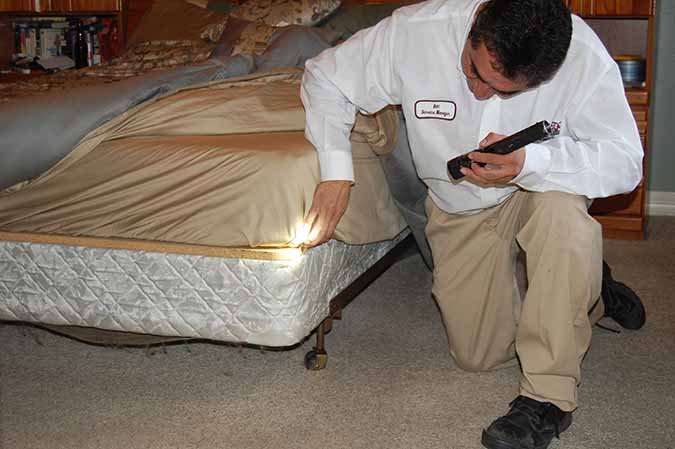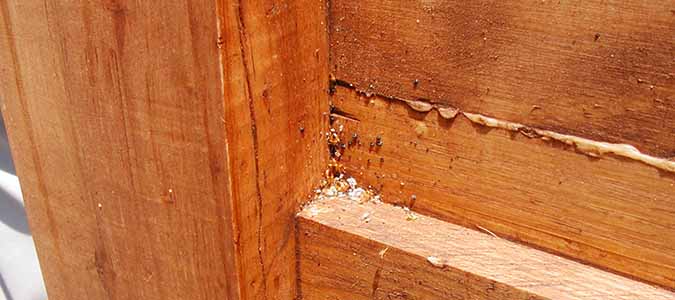
What would you say if we told you bed bugs come from bats? Seems crazy; shocking even! We know. But as unbelievable as it sounds—it’s true. The bloodsucking bed bug’s origins do in fact, trace back to bats.
Our team at ABC Home & Commercial may know a thing or two about bed bugs, but we realize that many of our neighbors here in Austin aren’t so in tune with this headache-causing pest.
Whether you’ve dealt with a bed bug infestation in the past, or have yet to encounter the creepy crawlers in your home, understanding where the pests come from and why they’re in your home is your best bet for keeping your home safe.
Let’s take a look together at how and why such tiny creatures can create such a big problem.
Historical Figures
According to a study conducted at the University of Tulsa, Oklahoma, scientist found that bats were the first ancestral host of bed bugs, but began feeding on humans when bats and humans shared caves.
During that time, bed bugs weren’t known for their bloodsucking habits. Instead, they were used to cure various medical ailments. The Egyptians drank them to heal snakebites; the Greeks burned them to make leeches release their hold; the Romans used them to treat ear infections.
In the same study, scientist found two lineages (Cimex lectularius and C. hemipterous) of bed bugs that traced back to Europe. And while both lines’ origins connect to bats, each line is incredibly diverse and considered to be two separate species. Both lines of bed bugs began to spread as the Eastern world began to colonize.
It was the early colonist that brought the bugs with them to America in the 1700’s. Unfortunately for Americans, the bugs have remained ever since.
Prevention Is Possible
Since their resurgence in the Unites States during the 1990’s, bed bugs have become a common household pest around the country. And since bed bugs are more common in metropolitan areas—Austin, for example—as opposed to rural ones, it’s important to check your home routinely for signs of an infestation.

Start by inspecting large pieces of furniture like your bed, couch, or any seating you might have. While nymphs (baby bed bugs) might be too small to detect, you’ll be able to spot an adult bed bug—especially if you check crevices and cracks where they tend to hide.
Bed bugs are flat, reddish-brown, and have an oval-like shape. Once fully grown, they’ll measure between four to five millimeters. Keep in mind that these bugs are wingless.
If you don’t see any live bugs, check for other signs of an infestation. Look for stains on sheets and mattresses, bed clothes, and walls, and search for any fecal spots, eggs shells, or shed skin in areas where they hide. Take note of any itchy areas you may have on your body or any bites you didn’t have when you went to bed, as those are the common signs of bed bugs as well.

Even while traveling, be sure to be just as cautious. Inspect your hotel room for any signs, and wash your travel clothes immediately in home watcher when you return.
Call The Pros
Due to increased global travel, changed pest elimination practices, second-hand merchandise, and a general lack of awareness, bed bugs are more prevalent than ever.
Luckily, our team at ABC Home & Commercial can handle any bed bug infestation. Our heat remediation treatment follows simple but proven methods that will eliminate bed bugs from your home. With our help, you and your family can once again rest easy.
